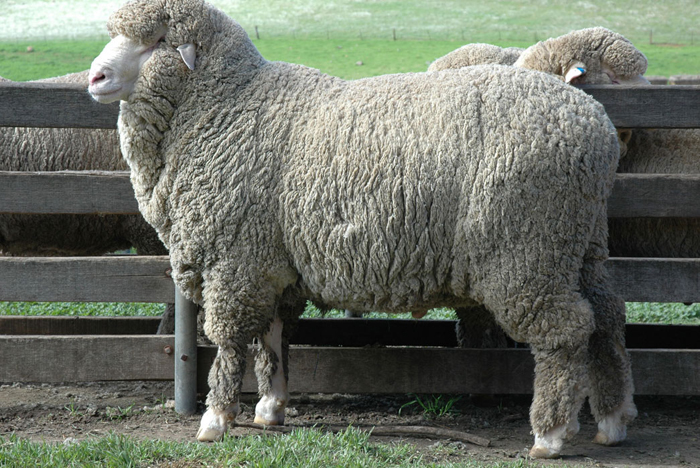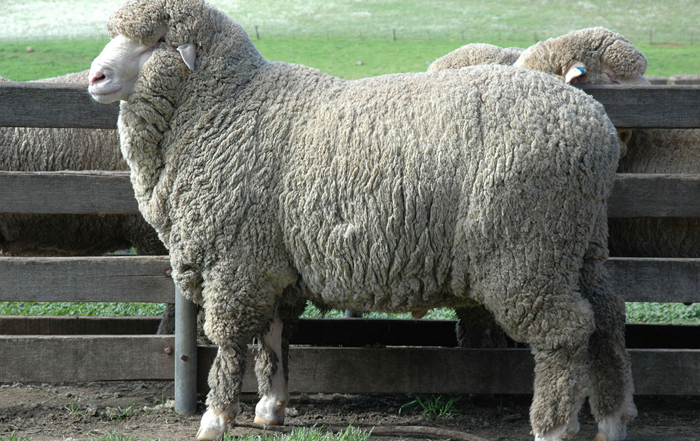 In an emerald-green valley in Croydon, Utah, tucked away in Morgan County like a well-kept secret, lies Albert Wilde’s farm. Albert produces a unique product, one that is growing in popularity with gardeners and farmers as it becomes more available and more familiar—sheep pellets. No, not that kind of sheep pellets. Albert’s pellets are made of wool.
In an emerald-green valley in Croydon, Utah, tucked away in Morgan County like a well-kept secret, lies Albert Wilde’s farm. Albert produces a unique product, one that is growing in popularity with gardeners and farmers as it becomes more available and more familiar—sheep pellets. No, not that kind of sheep pellets. Albert’s pellets are made of wool.
Albert is revolutionizing the fertilizer industry by taking a worthless byproduct and turning it into something that has real value. “Most of the wool we produce is good wool,” Albert states, “but black wool [the term for dirty wool] is no good. People don’t want it.” Whereas good wool is used to make clothing, black wool gets thrown away and wasted. But Albert is changing that.
Other farmers and ranchers ship their black wool to Albert for 50 to 60 cents per pound. Black wool has no value, and until now, no practical use. It isn’t feasible to clean or process for any other application. Not until Albert discovered that it makes an excellent soil additive. Holding up a 16-pound bag of belly wool that would have once been thrown away, Albert says that people with only a few head of sheep now bring him their cast-off black wool because he pays them for it.
Albert emphasizes that fluffed wool doesn’t break down quickly and can take as long as two years to decompose. Not only that, it blows around in the wind and looks terrible in your garden. He first experimented with wool as a fertilizer in his wife’s potted plants. That’s how he discovered its water retention benefit, and that’s when he got the idea to pelletize it.
Almost anything can be pelletized, and Albert discovered that pelletizing sheep’s wool for use as an organic fertilizer has many advantages over compost, mulches, even manure. “By pelletizing sheep’s wool, you can incorporate it into the soil and it’ll break down, hold water [possibly the biggest advantage over conventional fertilizers], and expand in the soil because it’s so compressed,” says Albert. “It really fertilizes, it really helps plants grow, and it really holds water.” It works so well he even had it patented.
Wool Pellets have a 9-1-2 formula (9% nitrogen (N), 1% phosphorus (P) and 2% potassium (K). Pelletized wool contains no additives, just pure wool along with any residual organic matter, and the jellybean-sized pellets assimilate into any soil and begin to work immediately. They can be purchased at nurseries along the Wasatch Front, at Amazon, and at wildvalleyfarms.com.

“It’s such a brand-new product and it’s so unique that most people say it’s just a gimmick—it can’t be that good,” Albert explains. “Then they try it and change their minds.”
Read how Albert combines wildlife with domestic animals on his ranch here.
Albert Wilde
albert@wildvalleyfarms.com
801-940-1436


